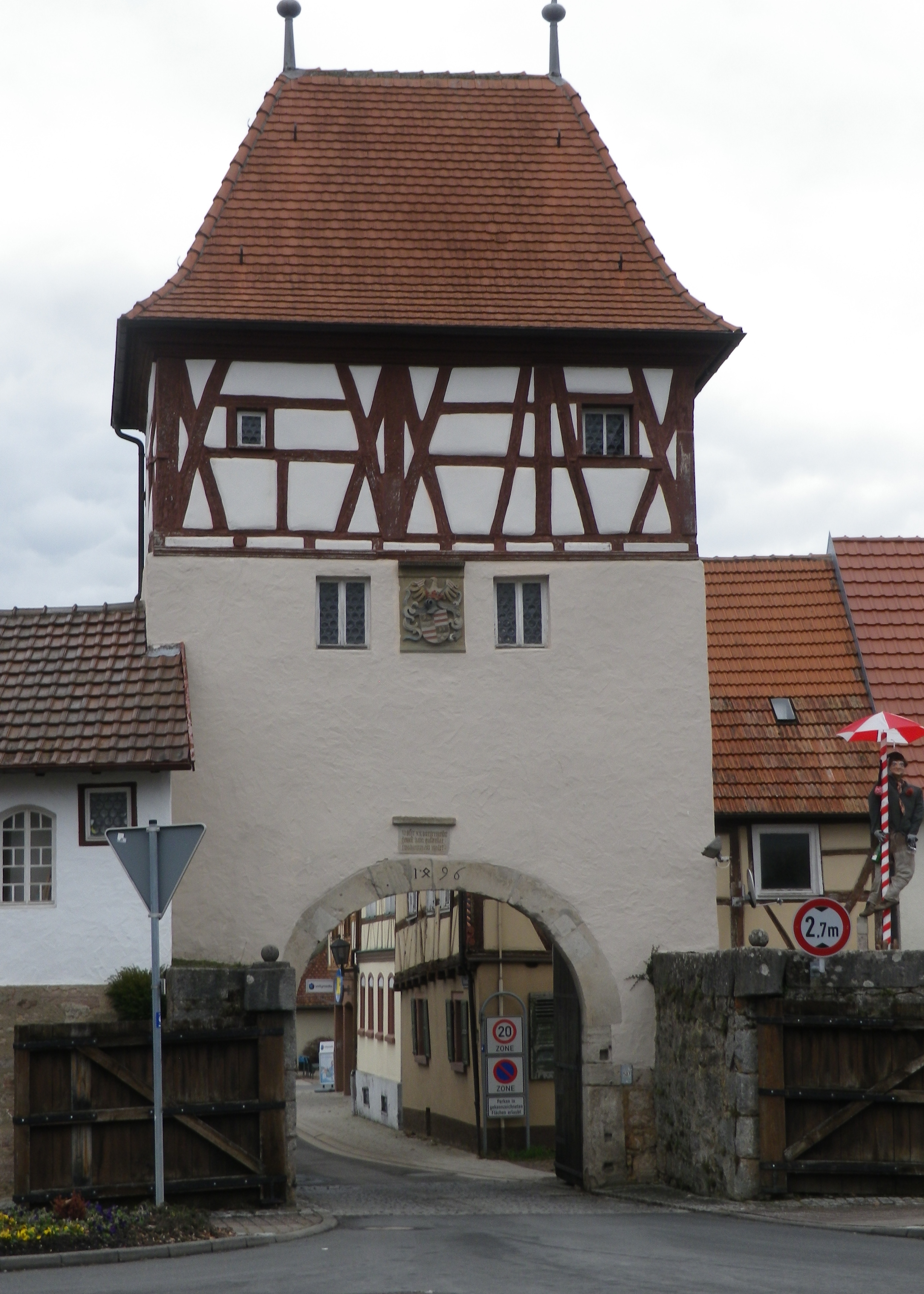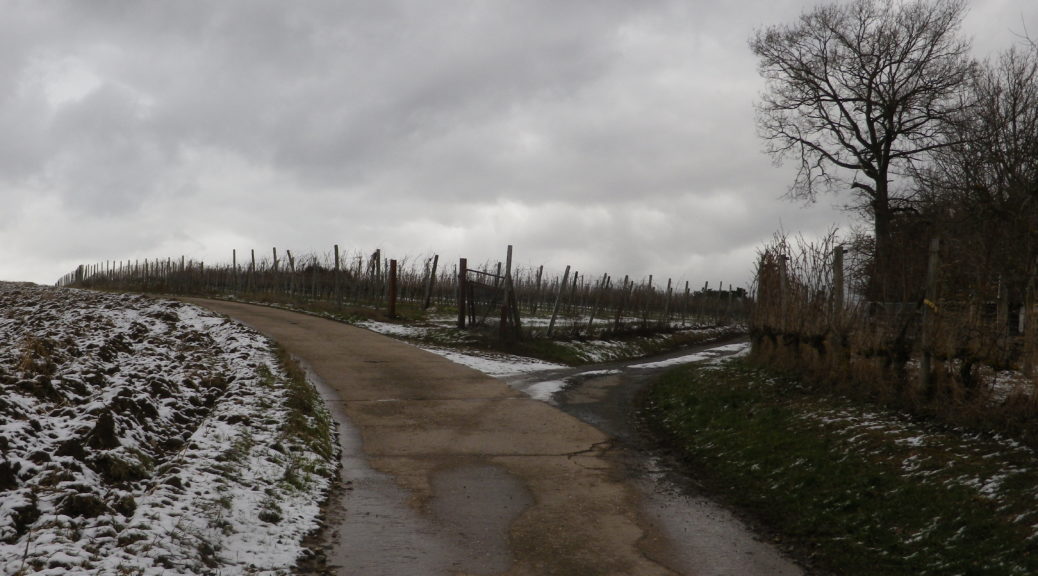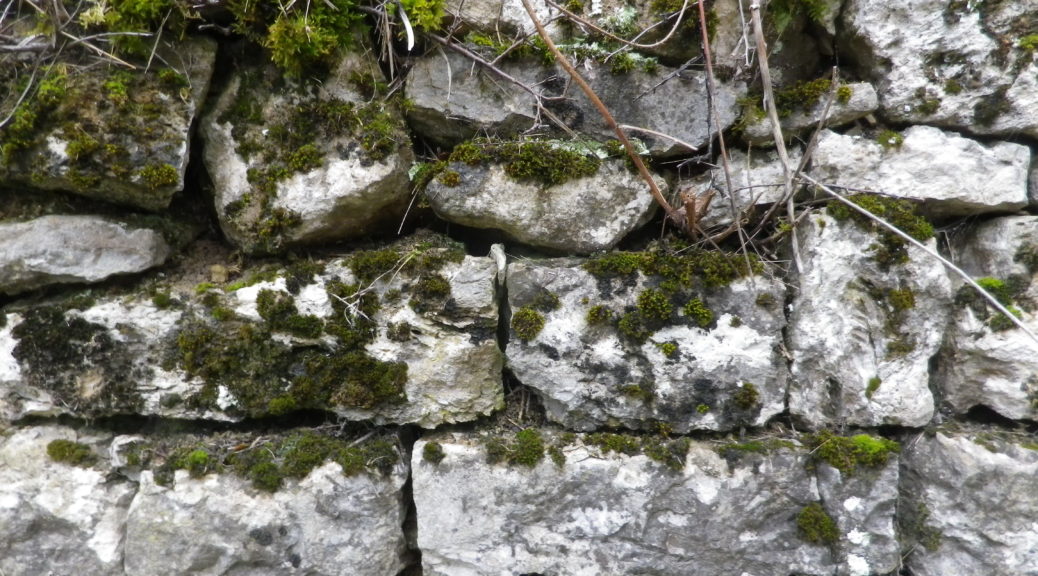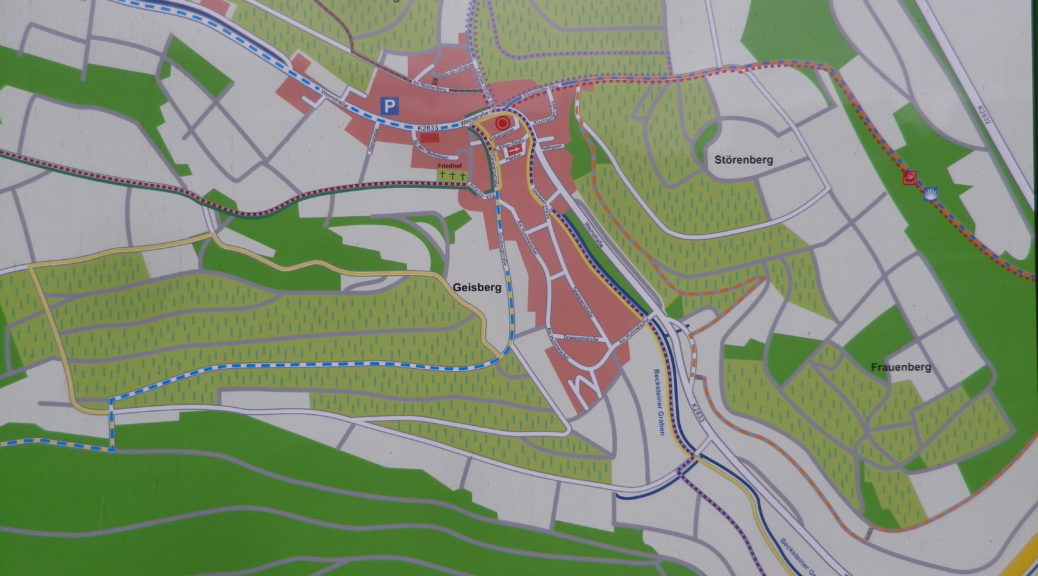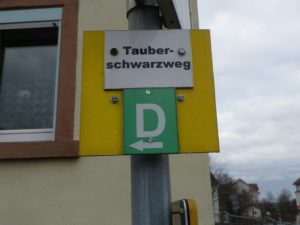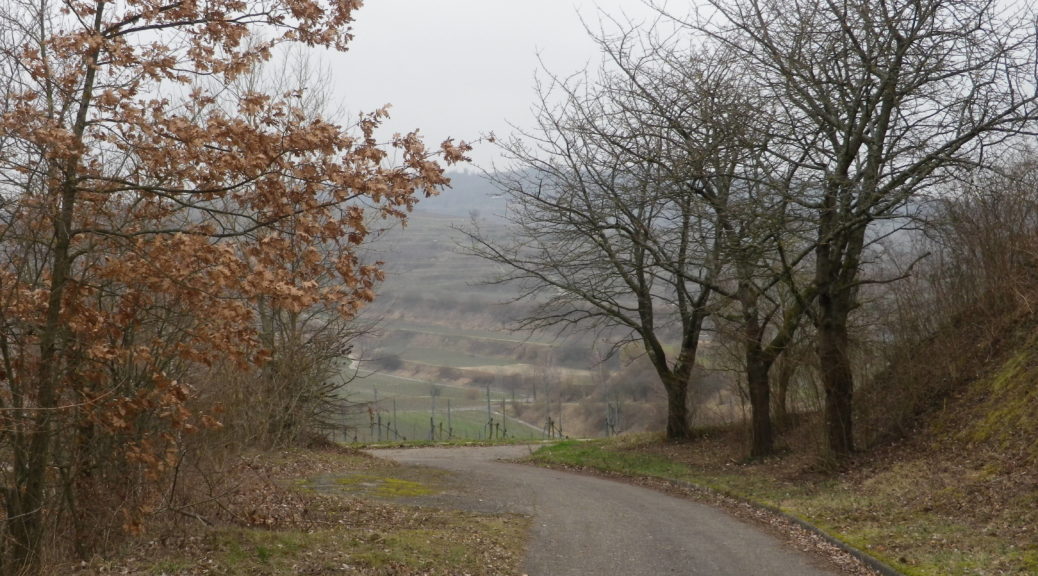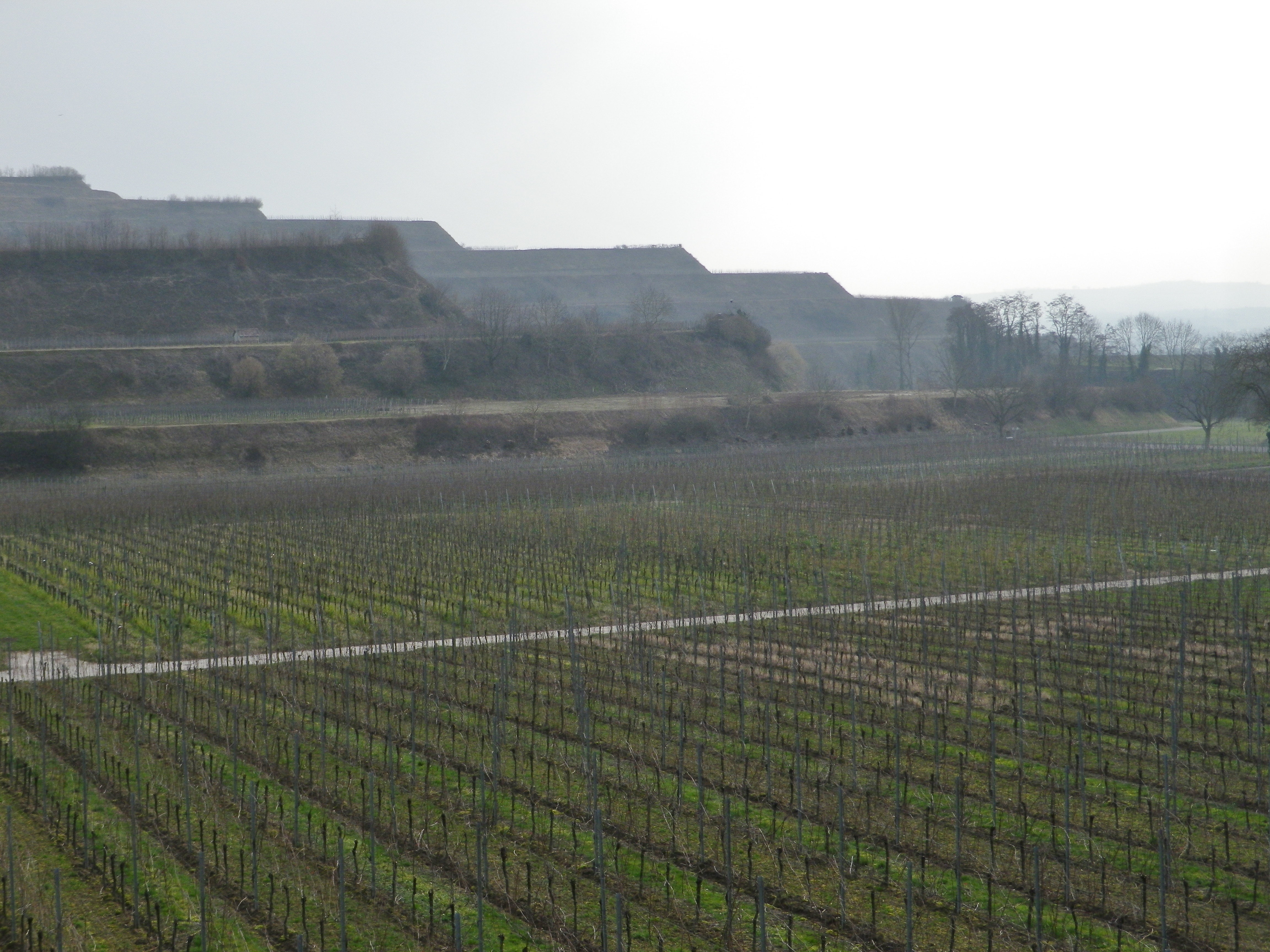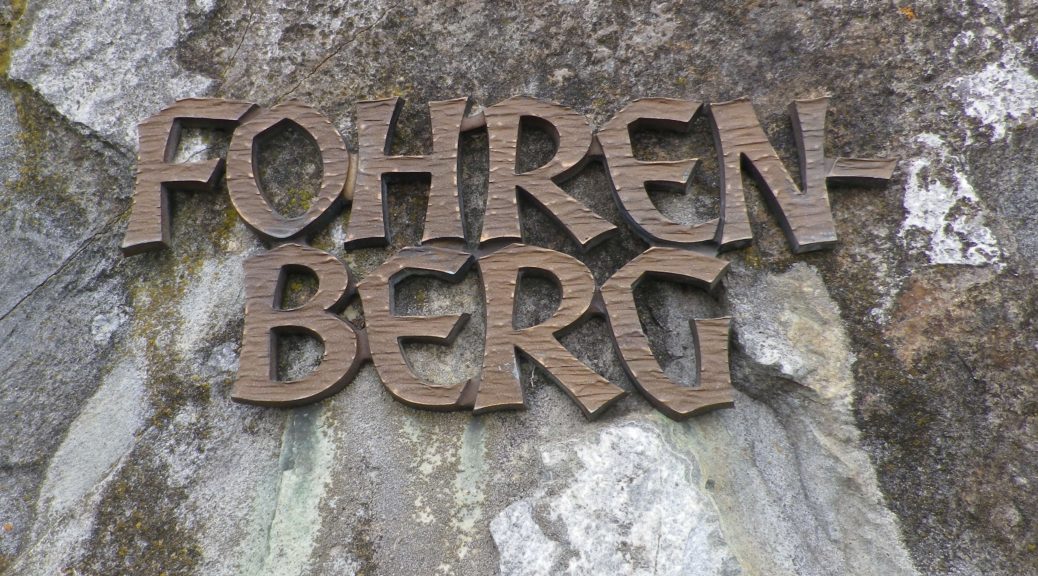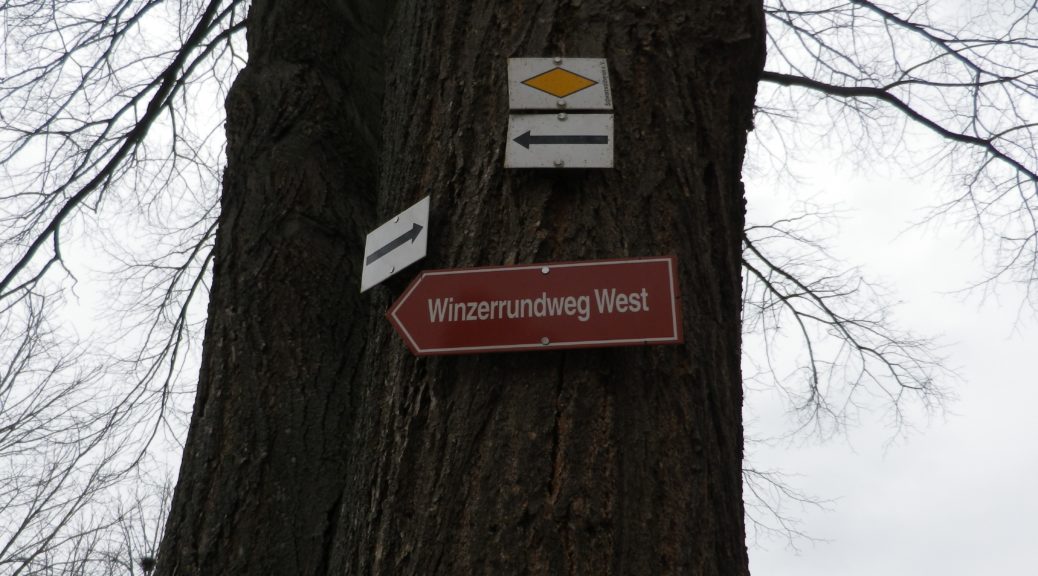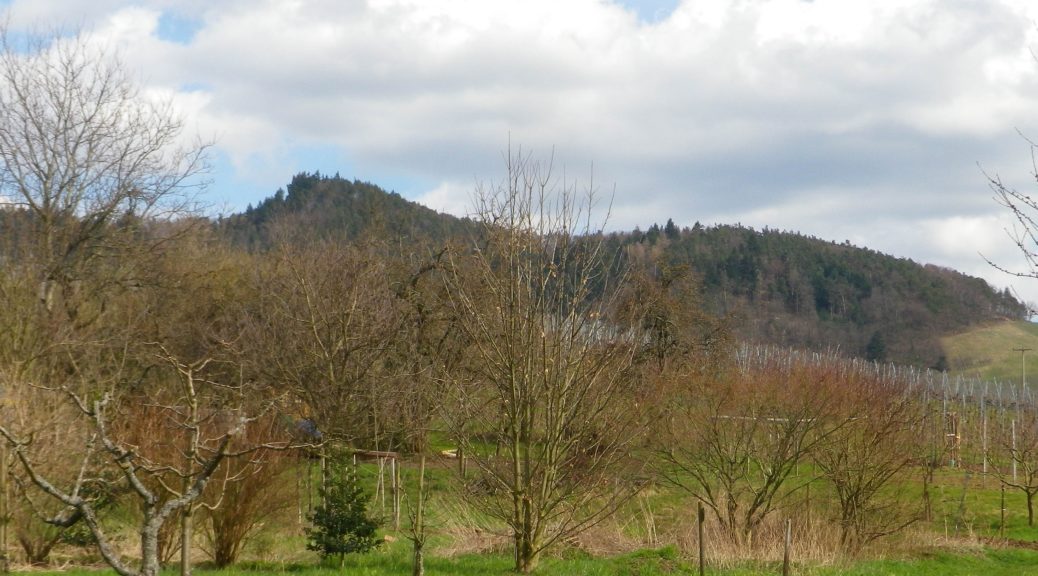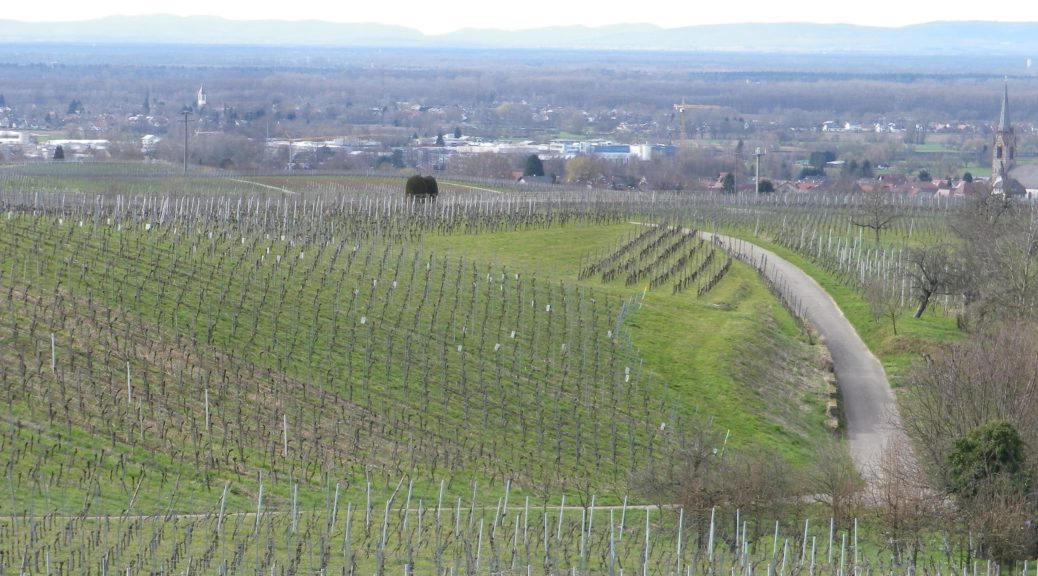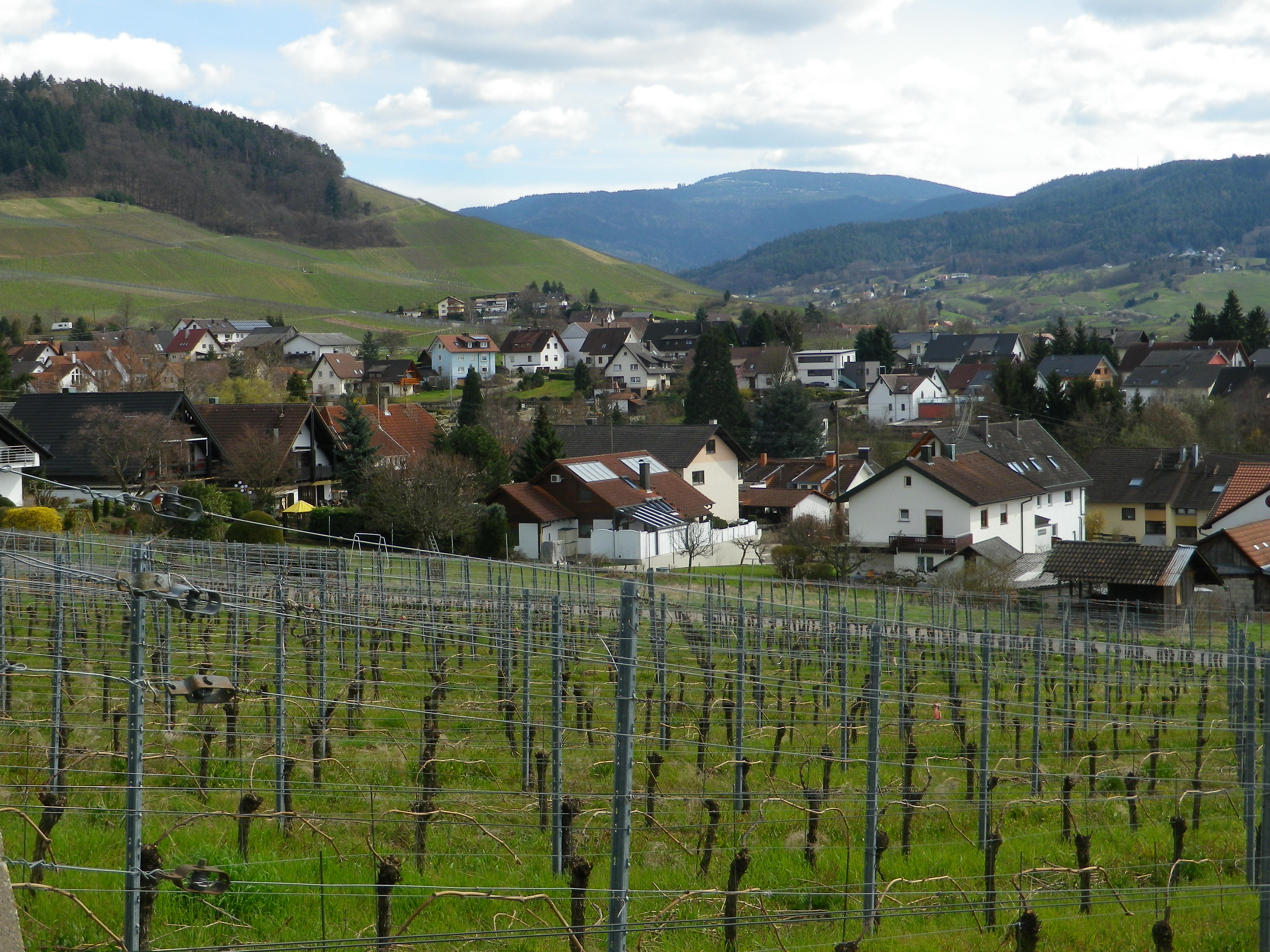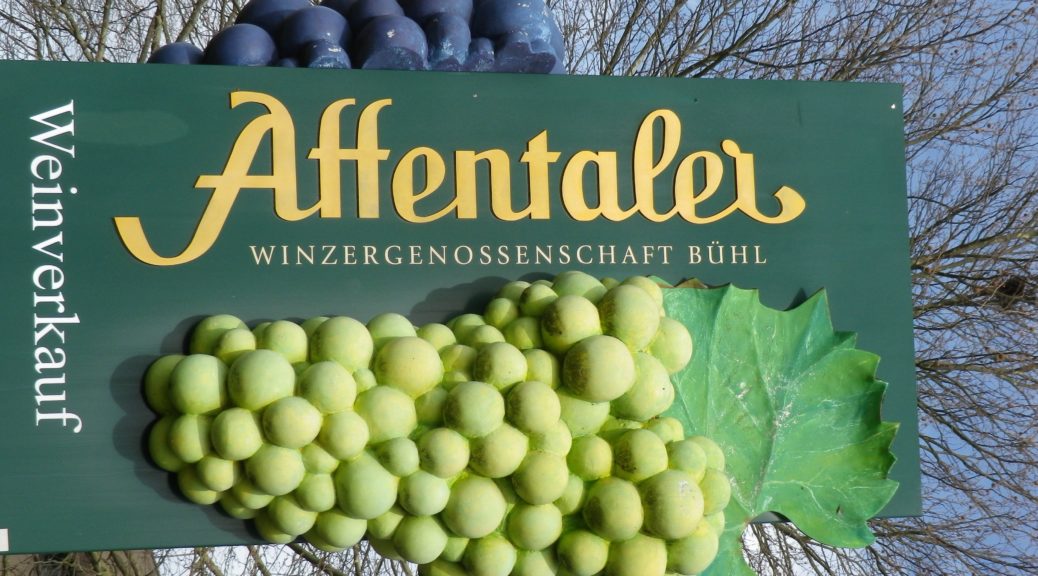From one end of Baden to the other, there is a world of difference in weather and wines. From a relatively warm day, to a bone-chilling wet-cold one, all in the same week. From the broad Rhine River valley, to the narrow Tauber River valley. Such can be the extremes of weather and geography in the Baden wine region.
Baden’s Tauberfranken wine district is far to the north and east of most of the rest of the Baden region. It lies less than 20 miles (30 kilometers) southwest of Wuerzburg, in Franconia (Franken, in German). The town of Lauda-Koenigshofen, an important center in this district, is where the trail began. (Officially, it begins in the associated village of Beckstein, but parking was not as easy there.) Lauda-Koenigshofen lies on the west bank of the Tauber River, but in large part seems fairly divorced from the river. Skirting west of the old walled town center (well worth a quick visit), the trail avoided the river altogether and headed uphill into the vineyards.
